Thomas Jefferson much preferred his home, Monticello, to any other including the White House.
Thomas Jefferson inherited several thousand acres of land in Charlottetown, Virginia from his father and acquired several thousand more through marriage. He and his wife, Martha Wayles Skelton, lived on the grounds in a very small, one-room house for several years while Monticello was built. Jefferson designed the house using French and Italian architecture and work began in 1768. It was a work-in-progress as he continually remodeled and renovated the house.
In addition to Thomas and Martha Jefferson, their children and later their families also lived at Monticello. At times as many as twenty family members lived in the house with over 200 slaves living and working on the estate. It was, in every sense, a community.
Top- back of Monticello showing the dome
Bottom- inside the "Dome Room", the only room inside the house where photography is allowed
Jefferson, an eccentric, later added a dome to his home just because he could and to satisfy his love for Italian and French architecture. The dome room was really never used; he just liked the way it looked from the outside. Other additions were much more practical like "alcove beds" which took up less space and didn't intrude into the room.
The south side "dependency" housed the smoke room, the kitchen (with all the "most modern" French "appliances"!), the cook's quarters, and a privy.
Jefferson designed Monticello with two long L-shaped wings off the house. These wings were called dependencies because they housed the services that the house depended upon. The north dependency housed the ice house, laundry and bath area, stables and a privy. With this arrangement, the running of the household never disturbed Jefferson, his family or his guests.
The Monticello estate extends far beyond the garden. During Jefferson's time, it included three mountains with Monticello sitting atop the middle one.
There are many gardens and flower beds at Monticello. None were flowering since we visited in January but it was easy to visualize them full of color and contrast. Jefferson, a self-taught landscape architect, laid out the gardens and beds himself often experimenting with varieties and keeping careful records.
I would like to hear this debate!
Thomas Jefferson could be described as a Renaissance Man- he spoke six languages, was an inventor, botanist, architect, scientist and philosopher. Although influenced by the Age of Enlightenment, he was an independent thinker. And although I know he and I would disagree on some issues, he would still be one of the twenty people past and present I would invite to a dinner party!
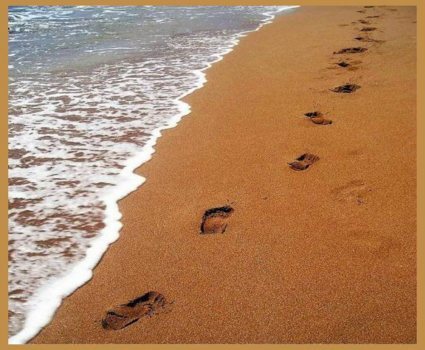
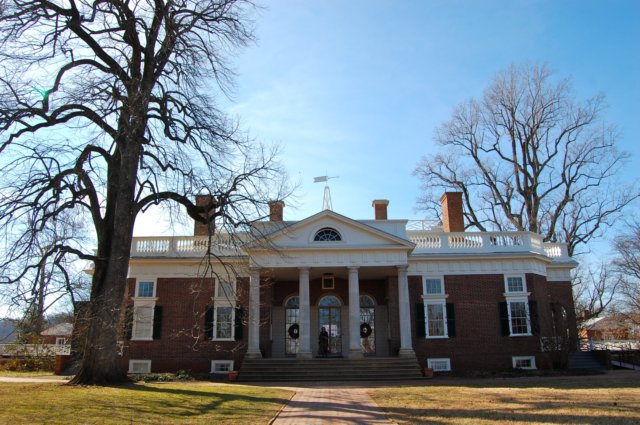
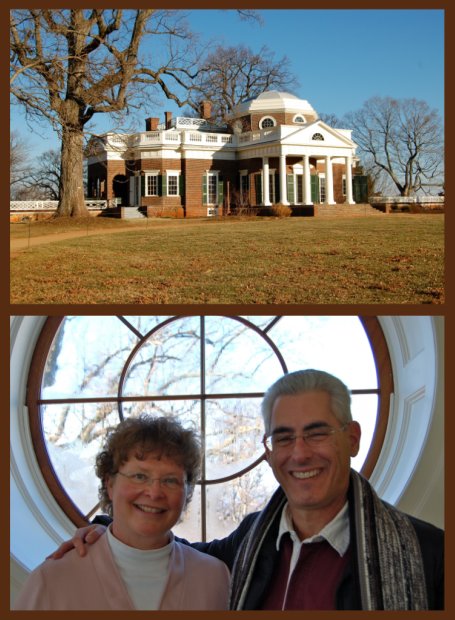

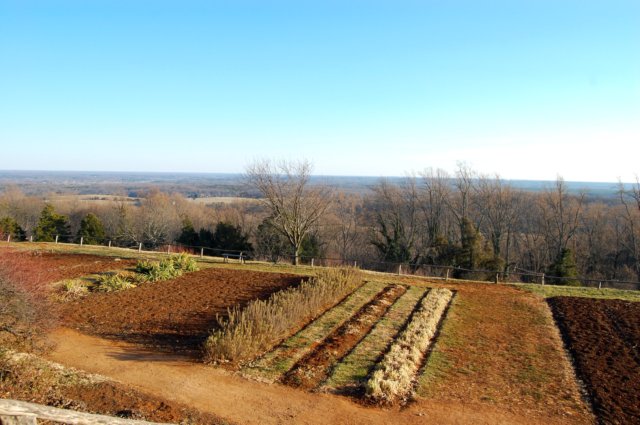
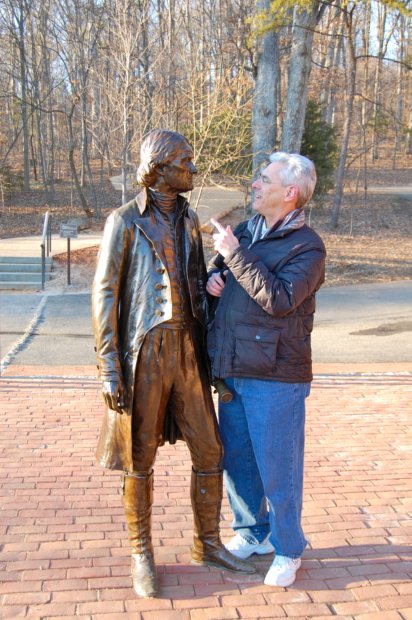
Hmmm... an eccentric... no wonder I like him so much! Glad you enjoyed the house of my most favorite Founding Father!! :D
ReplyDelete